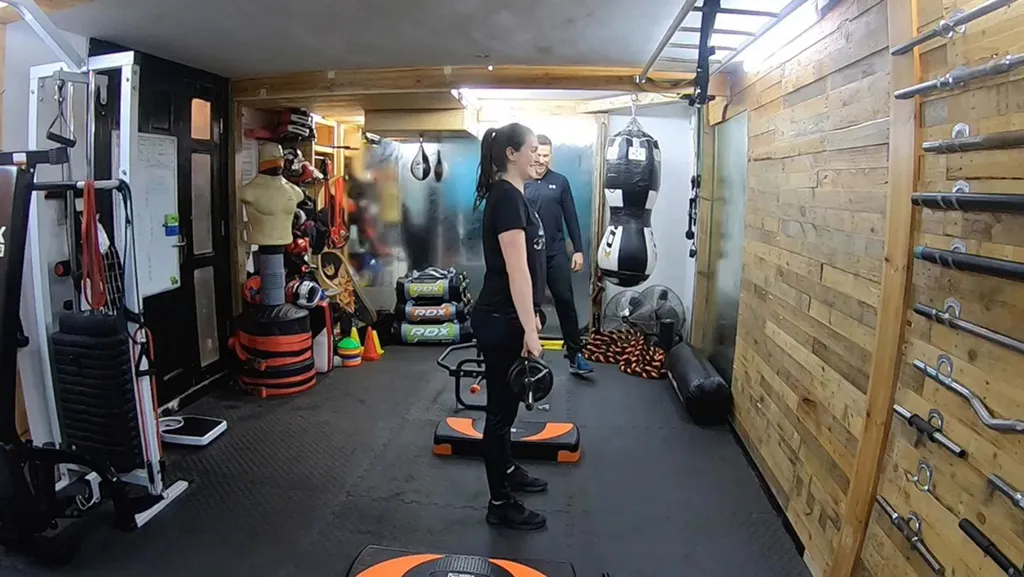HIIT Doesn’t Have to Be Intense: Adapting Training to Your Level
When most people think of High-Intensity Interval Training (HIIT), they picture gruelling workouts, dripping sweat, and gasping for air. It’s easy to see why—HIIT has gained a reputation as a “go hard or go home” form of exercise. But that’s a misconception. HIIT doesn’t have to be intense to be effective, and in my approach, it’s always tailored to each individual’s fitness level.


The Truth About HIIT
At its core, HIIT is about alternating periods of effort with recovery. The “high intensity” part doesn’t mean you have to push yourself to exhaustion every time; it simply means working at a level that feels challenging for you. For some, that might mean jogging instead of sprinting. For others, it could mean doing modified exercises or taking longer recovery breaks.
The beauty of HIIT is its flexibility. It’s not about competing with the person next to you or living up to unrealistic fitness ideals. It’s about moving in a way that challenges you while respecting your body’s limits.
Why One-Size-Fits-All Workouts Don’t Work
The idea that everyone should do the same exercises, at the same intensity, for the same duration is flawed. We’re all different—different fitness levels, body types, goals, and even daily energy levels. A one-size-fits-all workout ignores those individual differences and can lead to frustration, burnout, or even injury.
Here’s why personalised HIIT training matters:
- Fitness Levels Vary Someone new to exercise has very different needs from someone who’s been training for years. A beginner might benefit from slower-paced movements with more recovery time, while an experienced athlete might thrive on shorter rest periods and explosive exercises.
- Goals Are Unique Not everyone wants the same results from their workout. Some people are looking to build strength, others want to improve endurance, and some are focused on weight loss or general well-being. Tailored HIIT can help meet specific goals by adjusting the exercises and intensity.
- Energy Levels Fluctuate Life happens. Some days, you’ll feel ready to push yourself, while other days, you might just want to move gently. A flexible HIIT approach allows for those fluctuations without guilt or pressure.
- Injury Prevention Pushing too hard, too fast is a recipe for injury. By scaling exercises to match individual capabilities, you can avoid unnecessary strain on joints and muscles while still reaping the benefits of movement.
